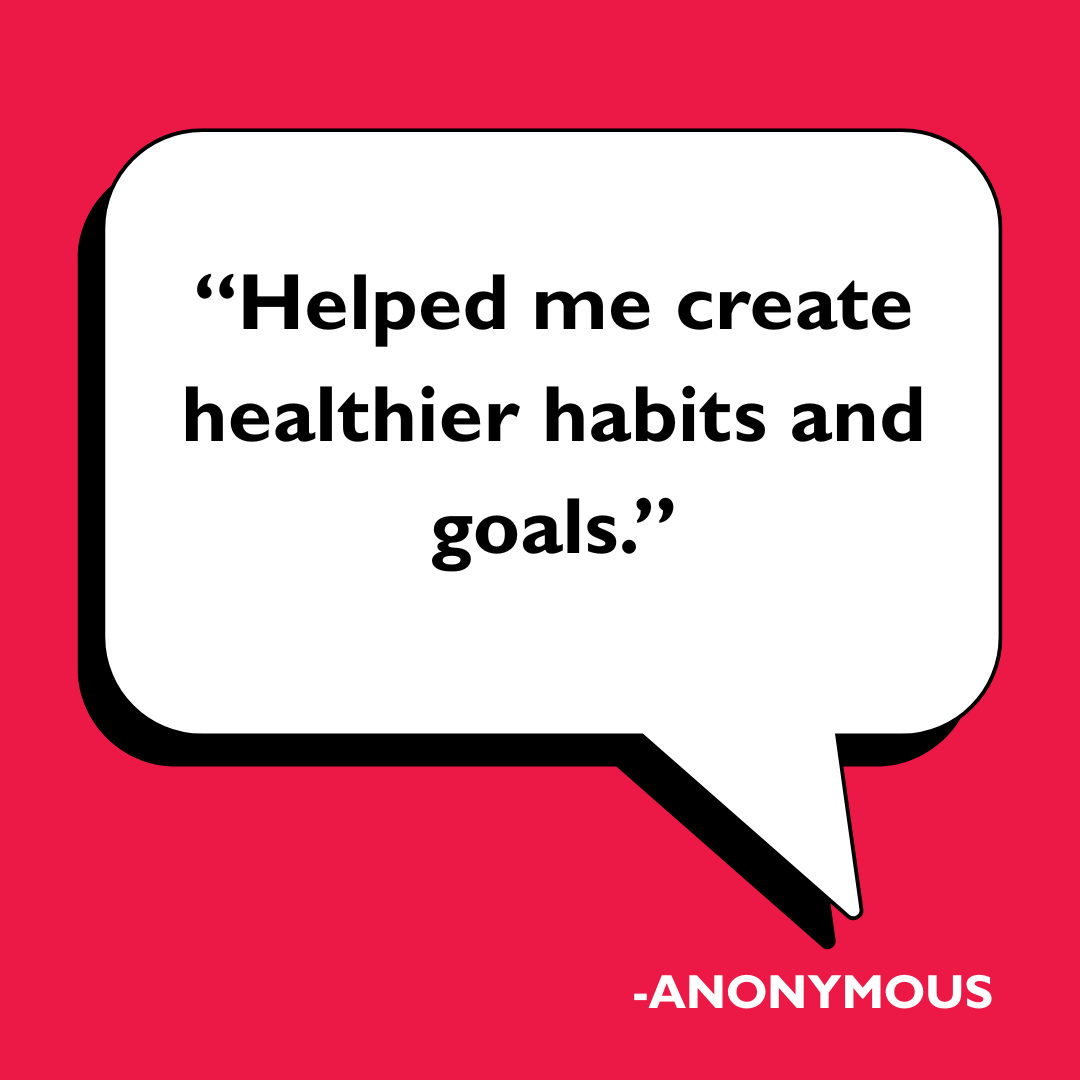
“This has been the best experience for me. The program really opened my eyes to my unhealthy habits and helped me create healthier habits and goals.”
– Eat Smart, Move More, Prevent Diabetes participant
Don’t miss another great blog: Subscribe Now

Enter the words or phrases you want to find

“This has been the best experience for me. The program really opened my eyes to my unhealthy habits and helped me create healthier habits and goals.”
– Eat Smart, Move More, Prevent Diabetes participant
Don’t miss another great blog: Subscribe Now
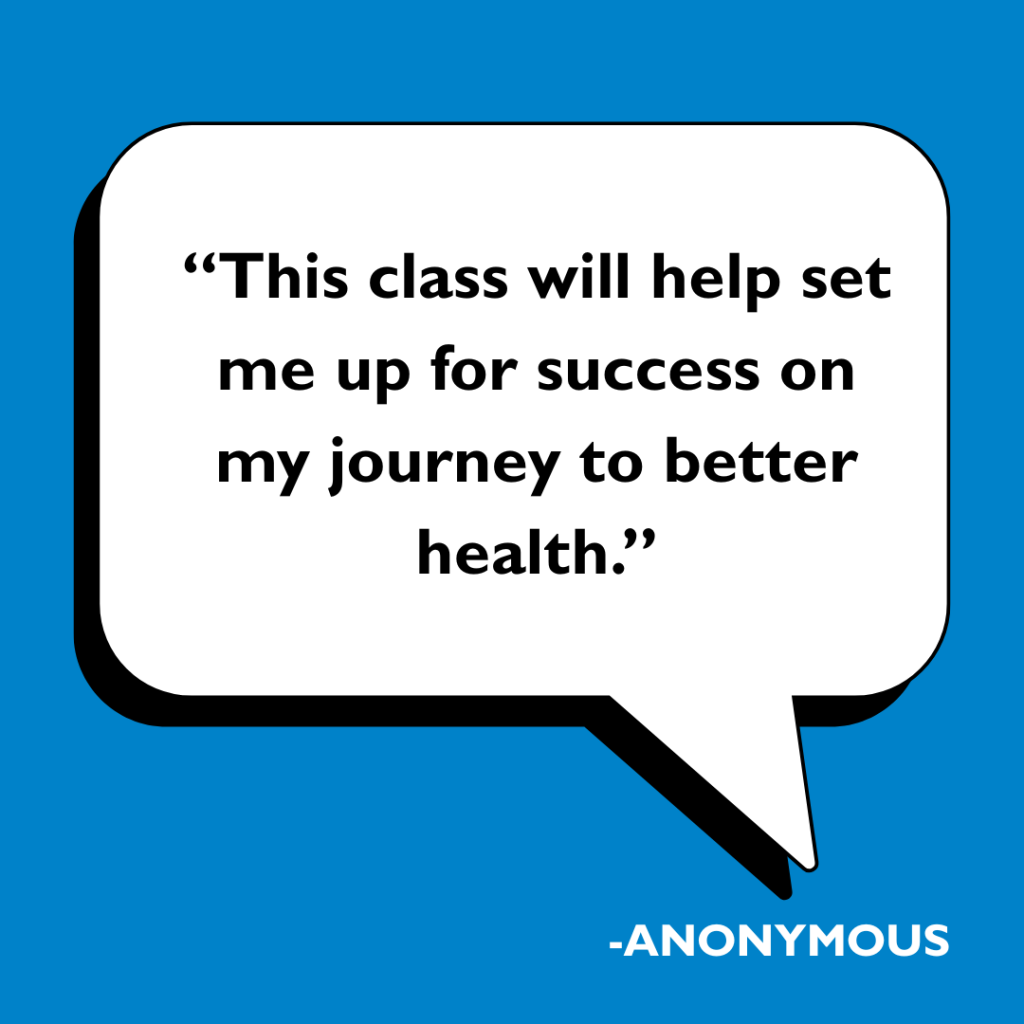
“I am very pleased. I learned a lot and have no doubt that this class will help set me up for success on my journey to better health. I am so excited about the weight loss, but even more excited about my lower A1C level.”
– Eat Smart, Move More, Prevent Diabetes participant
Don’t miss another great blog: Subscribe Now
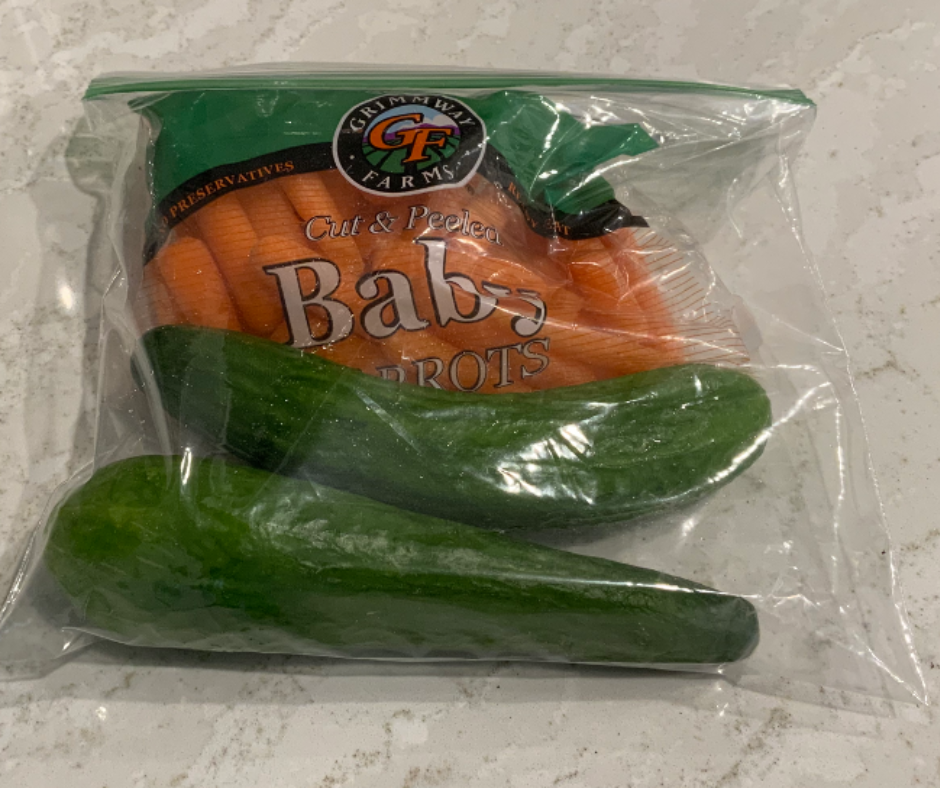
One of my favorite afternoon snacks is baby carrots and cucumber slices. I would buy a bag of baby carrots and an English cucumber and package them into single-serving snack bags. This worked well unless I forgot, or was too lazy, to create the snack packs then the vegetables would linger in my produce drawer.
Then I discovered bags containing mini cucumbers and single-serving packages of baby carrots. More expensive for sure but much more convenient. Now I wash one or two mini cucumbers and toss them and a bag of mini carrots into my lunch box for an easy afternoon snack.
Share your tips for consuming more vegetables throughout the week!
Don’t miss another great blog: Subscribe Now
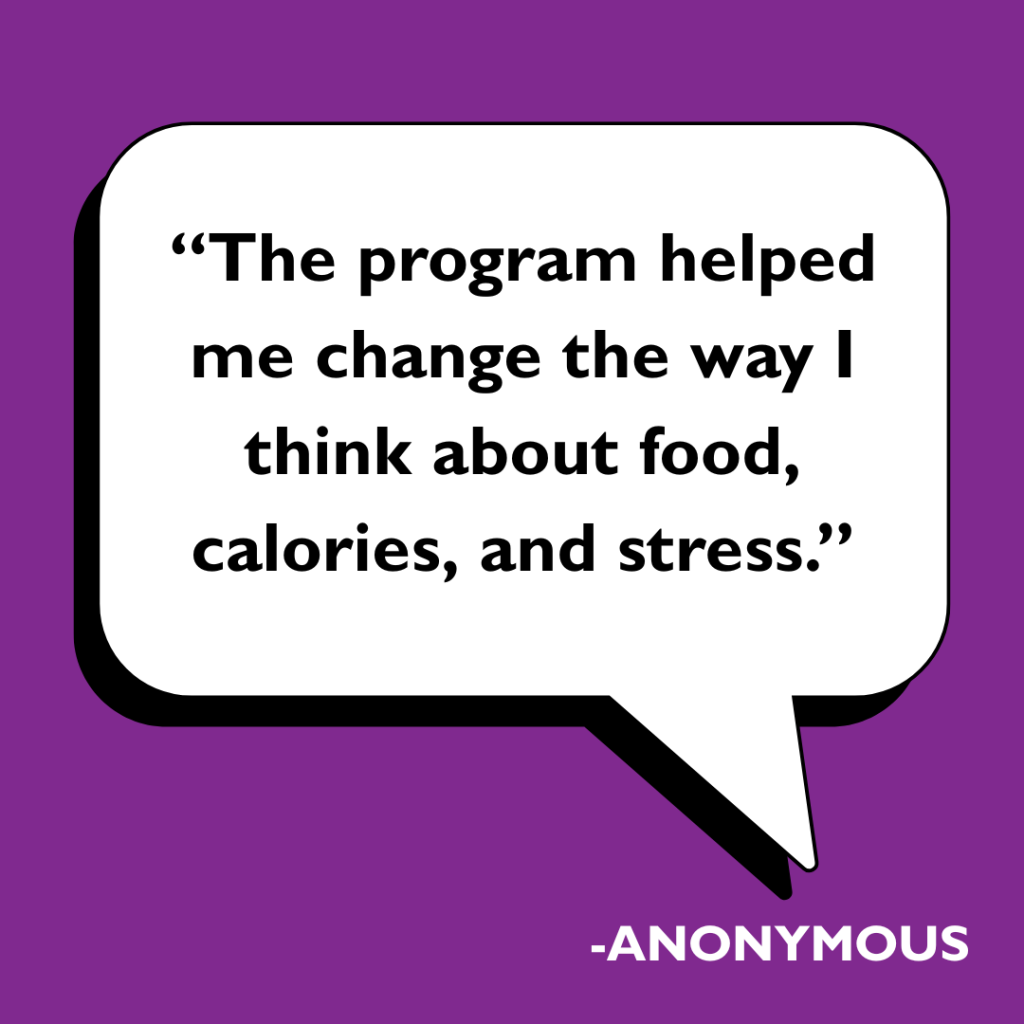
“This is a great program. My instructor was very encouraging and provided us with lots of useful information. The program helped me change the way I think about food, calories, and stress. “
– Eat Smart, Move More, Prevent Diabetes participant
Don’t miss another great blog: Subscribe Now
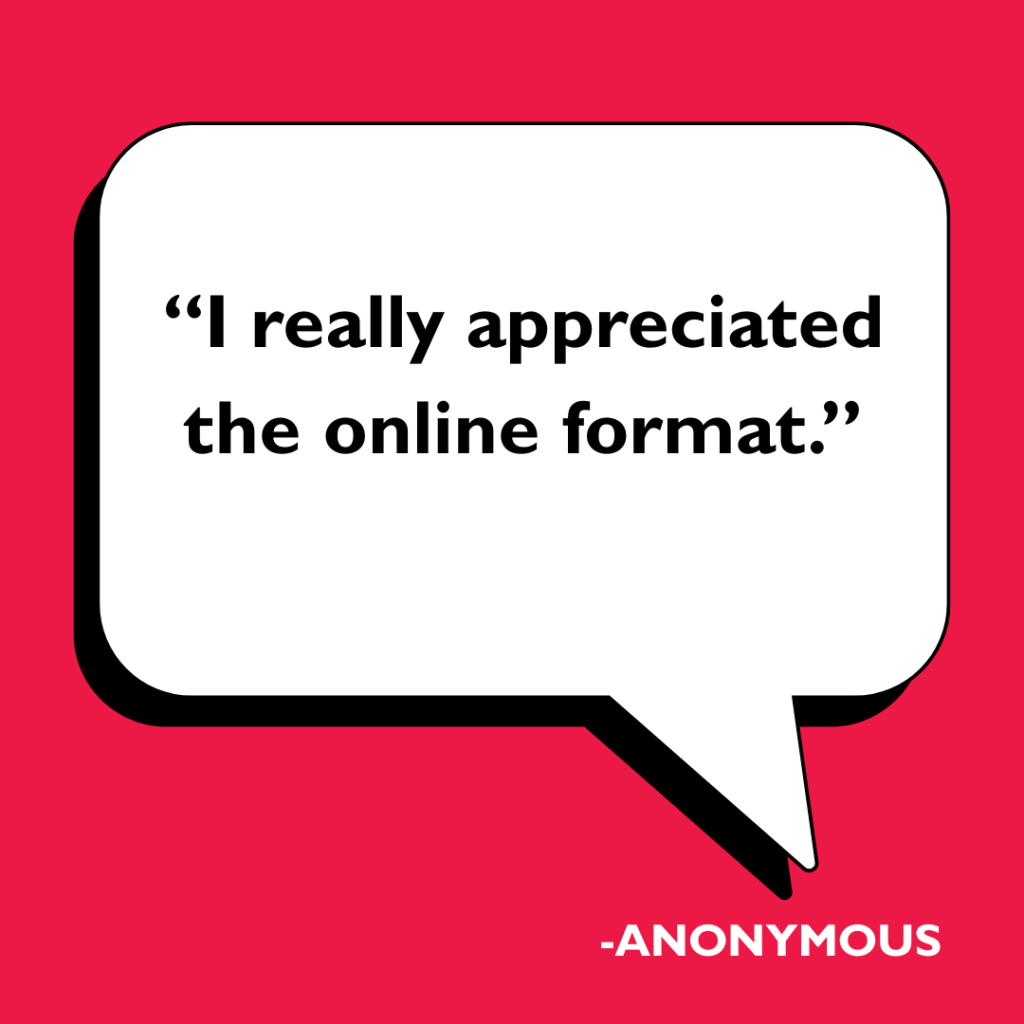
“Great program overall. I really appreciated the online format which made attending classes, or making up classes I missed by viewing the recordings later, easy. I saw an improvement in my triglycerides and blood glucose.”
– Eat Smart, Move More, Prevent Diabetes participant
Don’t miss another great blog: Subscribe Now
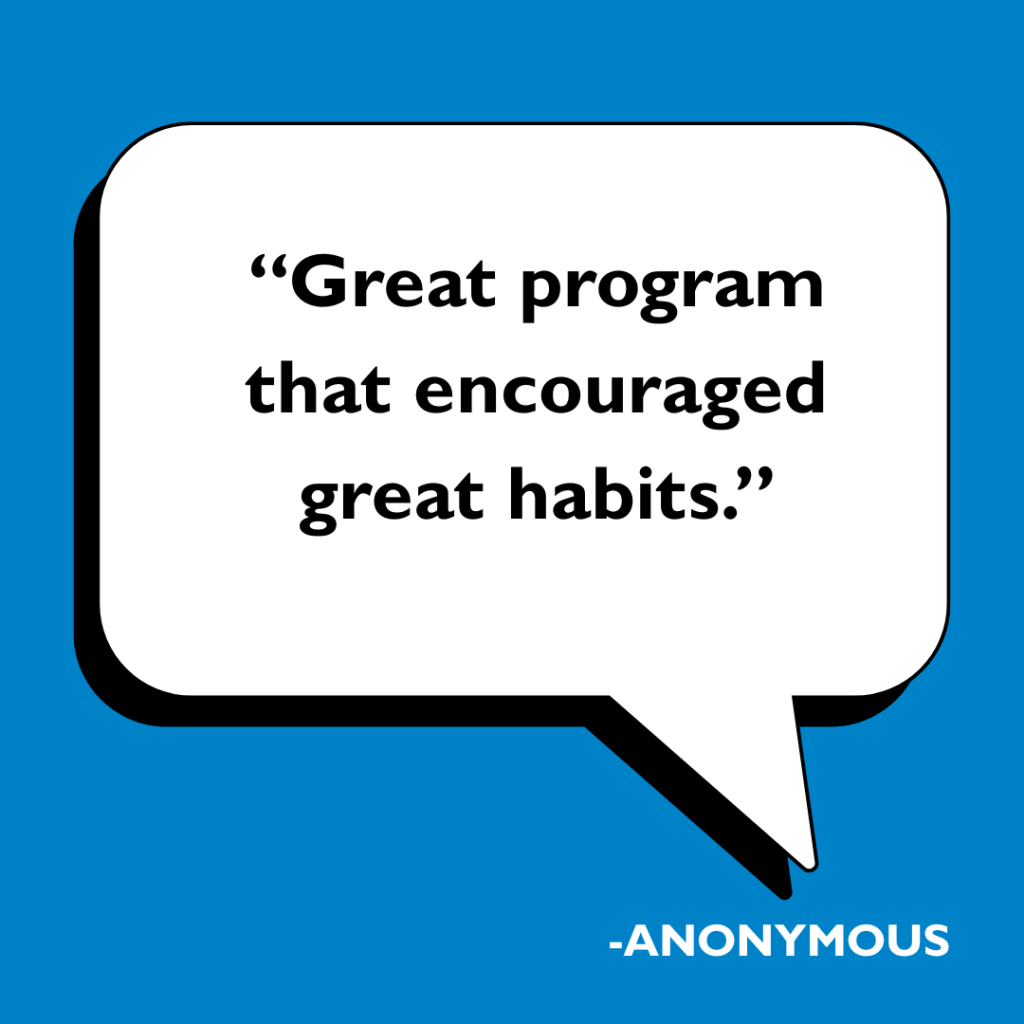
“Great program that encouraged great habits like tracking food and water intake, meal planning, trying new activities and recipes, and the importance of shopping and planning. All of these greatly contributed to my success. Our instructor encouraged us to take care of ourselves and keep moving forward. She helped us problem solve, find resources, and cheered us on. She made sure that we were kind to ourselves. Great 10/10 experience. Would recommend!”
– Eat Smart, Move More, Prevent Diabetes participant
Don’t miss another great blog: Subscribe Now
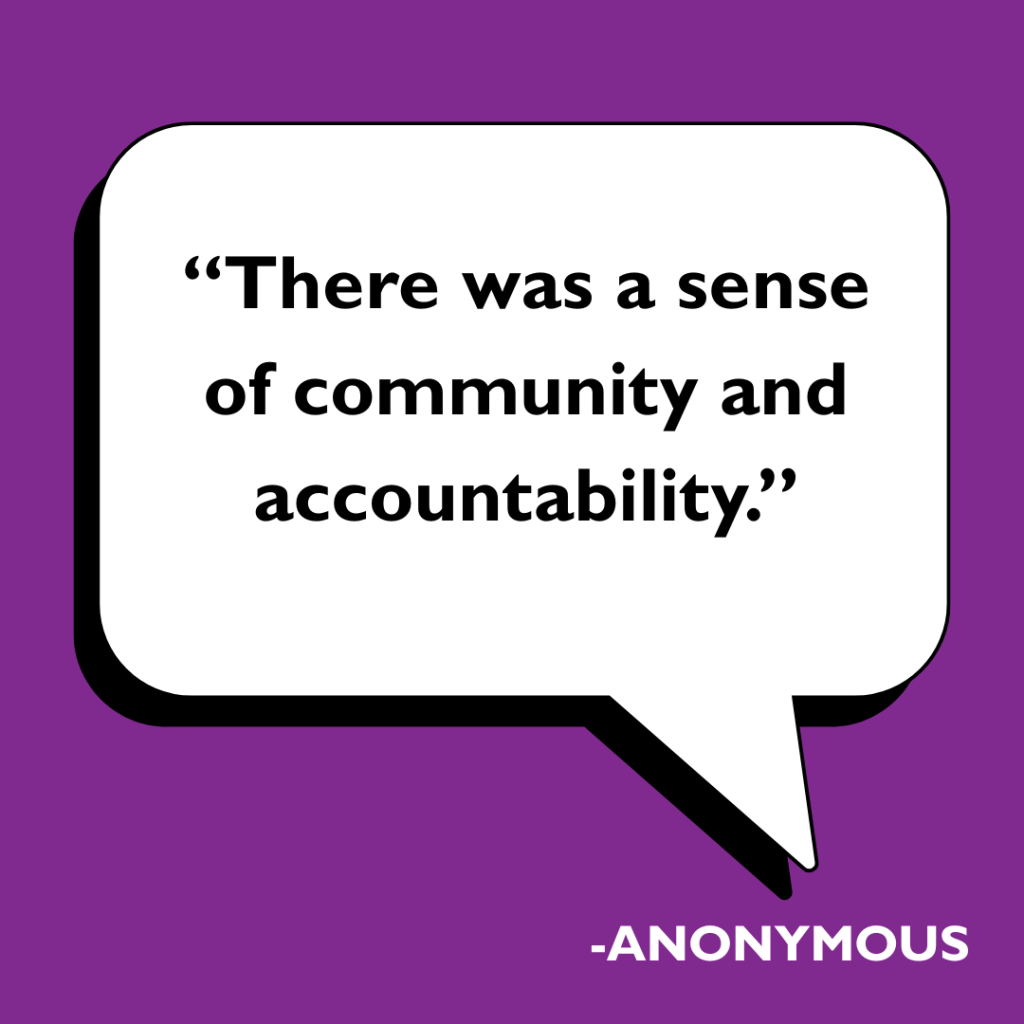
“Overall I am very glad that I participated in this program. While I knew most of the information, there was a sense of community with my instructor and accountability that came with knowing that we would be together on a regular basis. It was more helpful than I anticipated.”
– Eat Smart, Move More, Prevent Diabetes participant
Don’t miss another great blog: Subscribe Now

At one point or another, we have all debated eating or throwing away a food product after the date on its label has passed. But do we need to throw away food as soon as the date on the label arrives? Oftentimes you will see the phrases “Best if used by,” “Sell by” and “Use by,” among others. It can be confusing but these dates refer to product quality and flavor and are not expiration dates. Next time you notice a food product whose label date has passed, check for signs of spoilage like color, consistency, or texture before deciding to consume or throw away. This is another small step you can take to reduce food waste at home!
For more information, watch “What Do Food Expiration Dates Really Mean?” created by our colleagues at NC State’s Homegrown .
You might also enjoy:
Reheating & Refreezing Food Safety
Food Safety During a Power Outage
A Food Thermometer is Key to Food Safety
Don’t miss another great blog: Subscribe Now
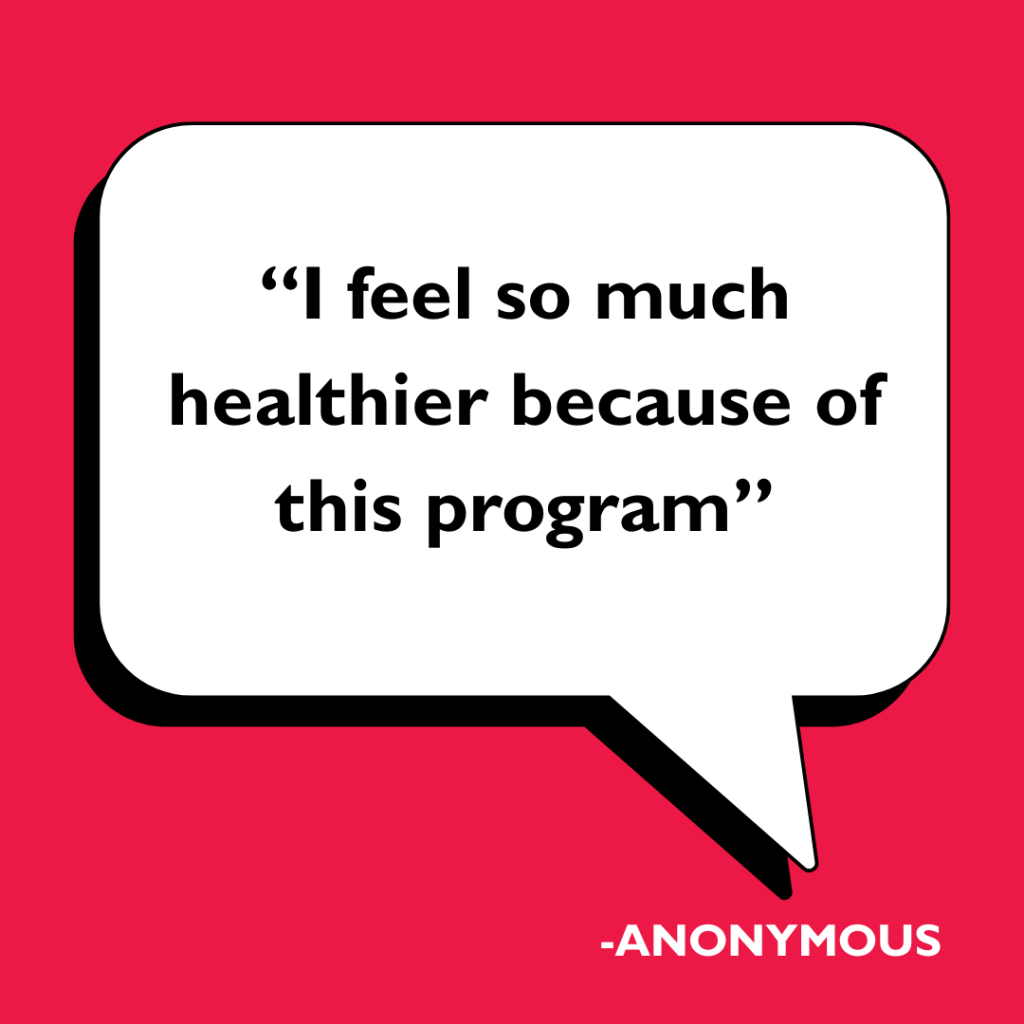
“Outstanding! The instructor was outstanding and very helpful. Great program! I feel so much healthier because of this program.”
– Eat Smart, Move More, Prevent Diabetes participant
Don’t miss another great blog: Subscribe Now

“This class has changed my life. My awareness about food, portion size, reading labels, sleep, managing stress, use of electronics, exercising, and other tools this class provide is of tremendous value and aided in my weight loss of nearly 41 pounds. I can not believe I made such a drastic change in my body, mind, and how I inspire others to be healthy. I know I can continue to be the healthiest person I can be. THANK YOU! This program was an AMAZING experience.”
– Eat Smart, Move More, Prevent Diabetes participant
Don’t miss another great blog: Subscribe Now